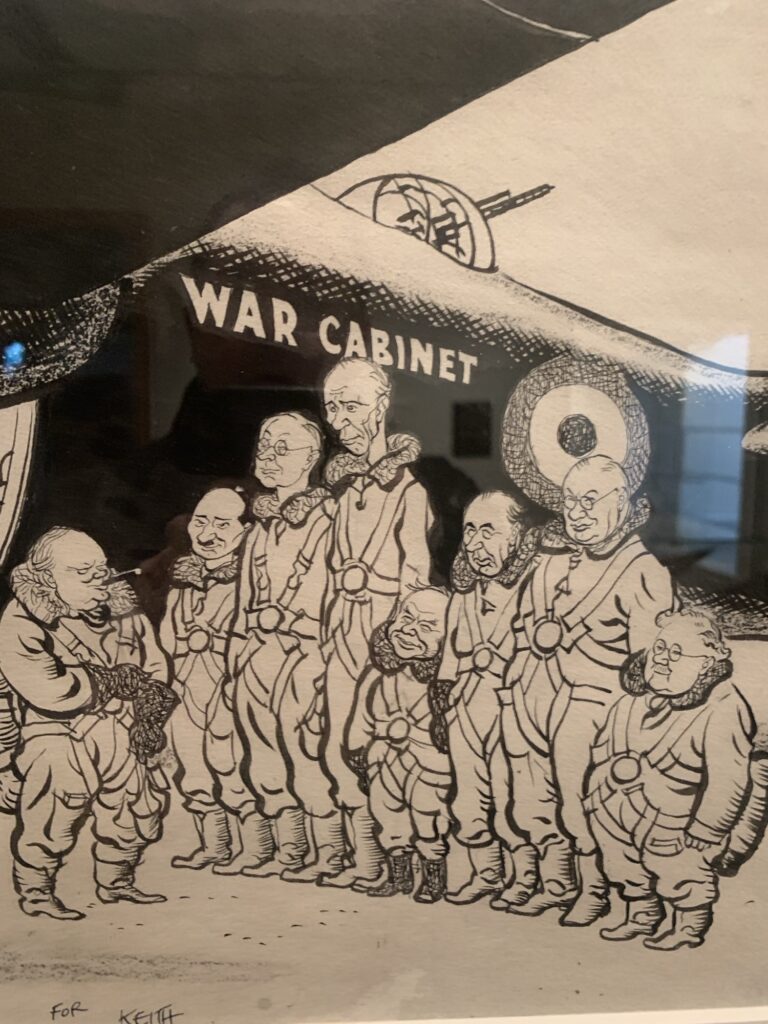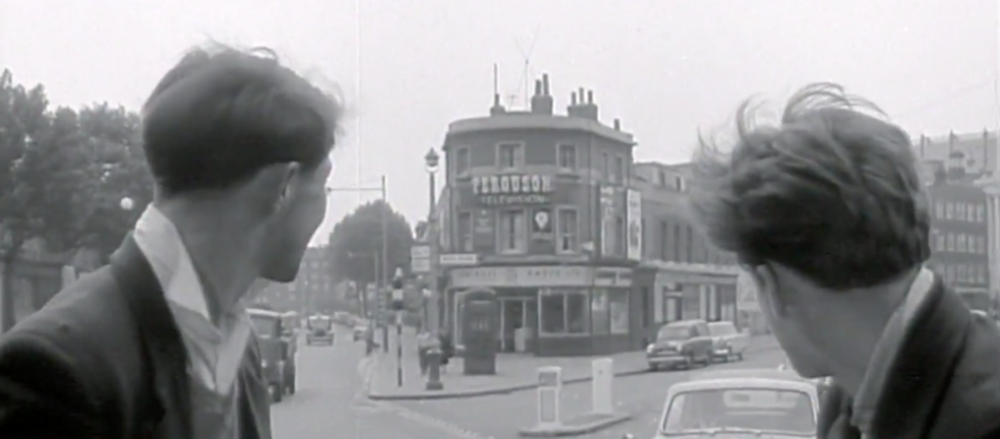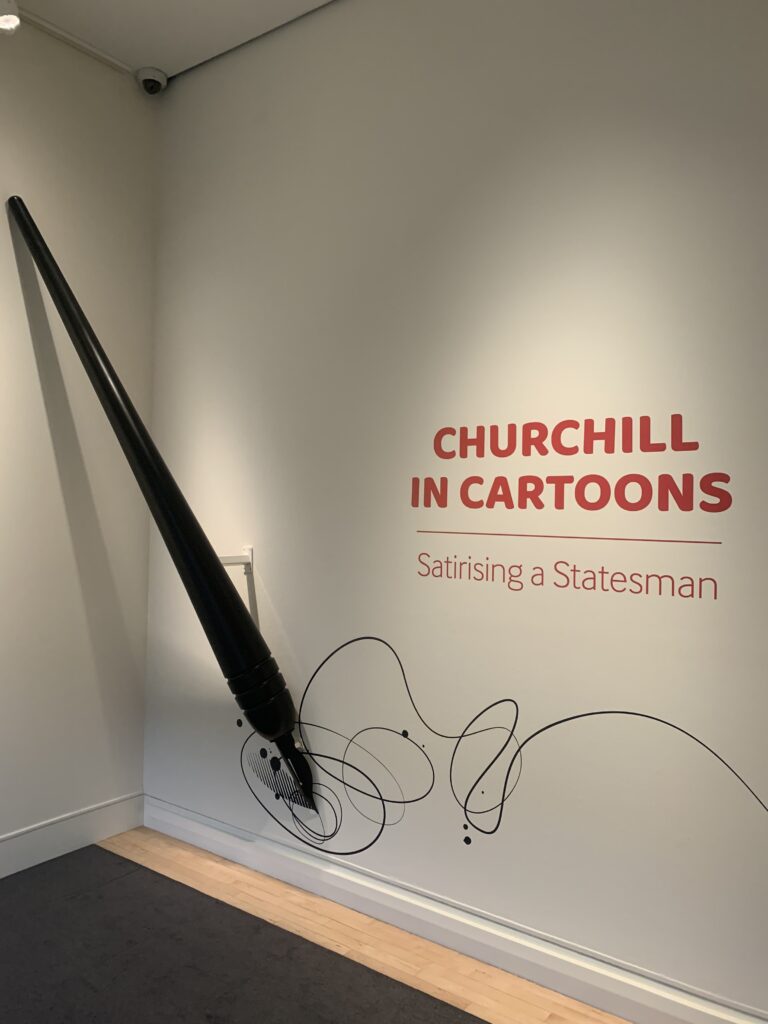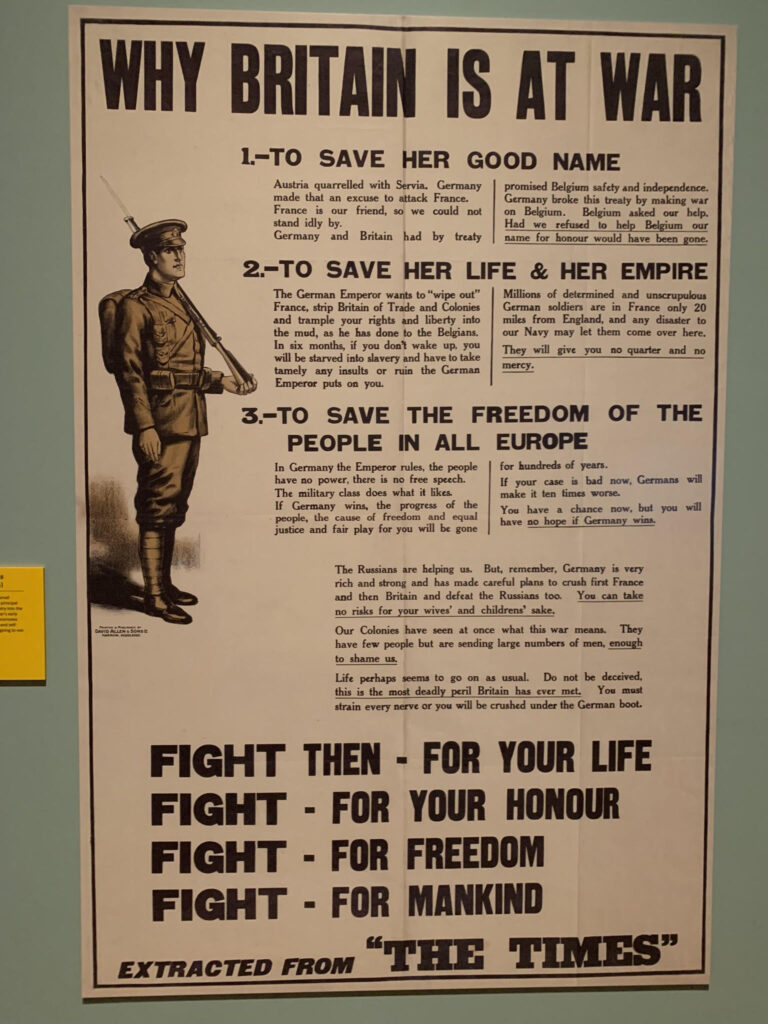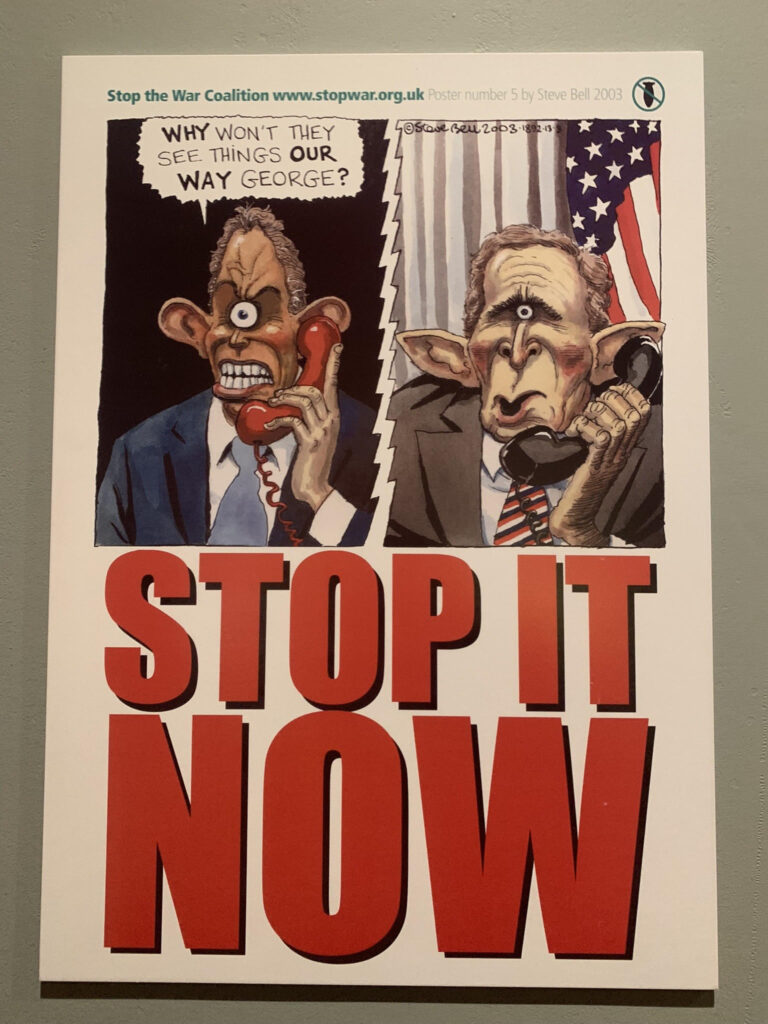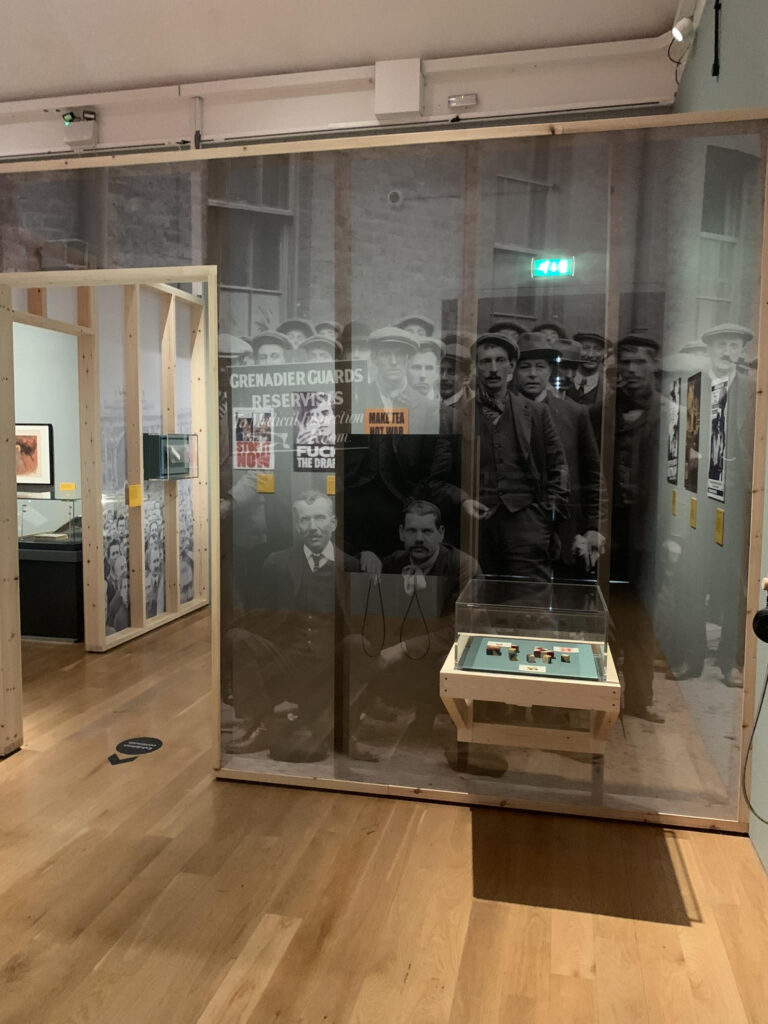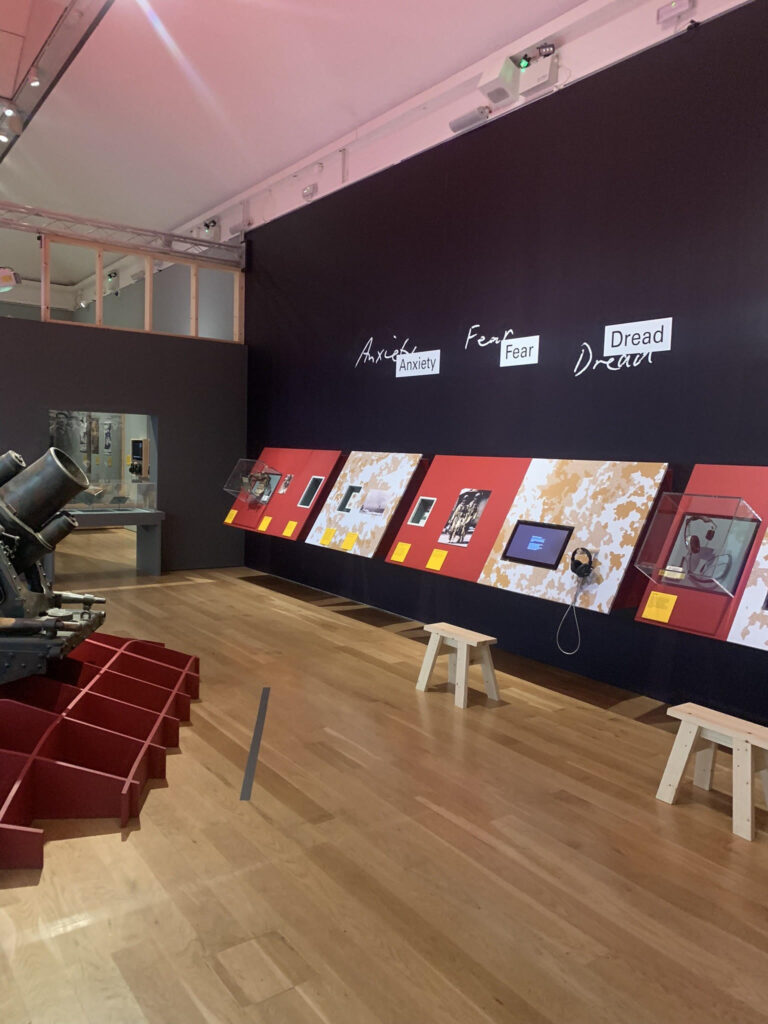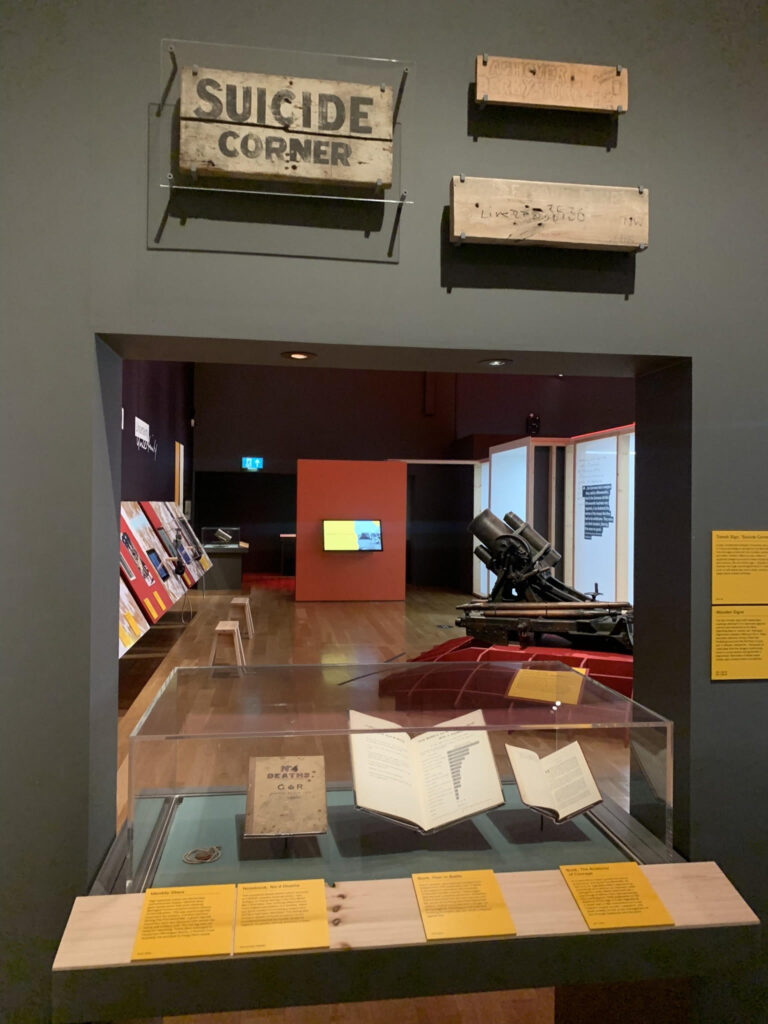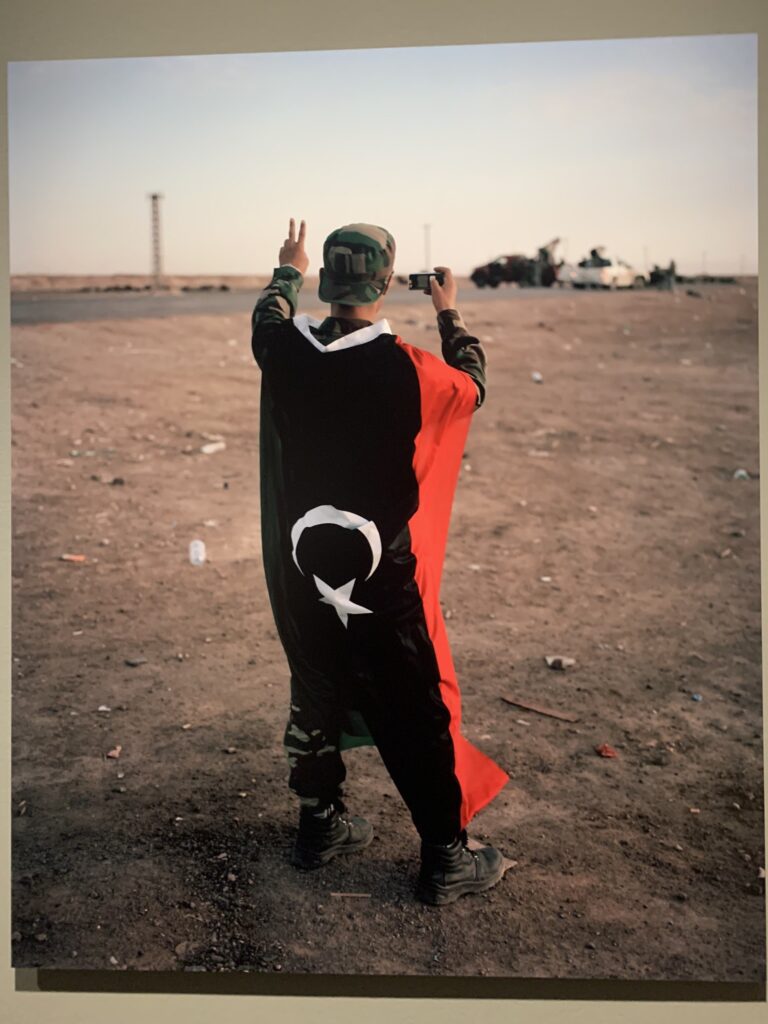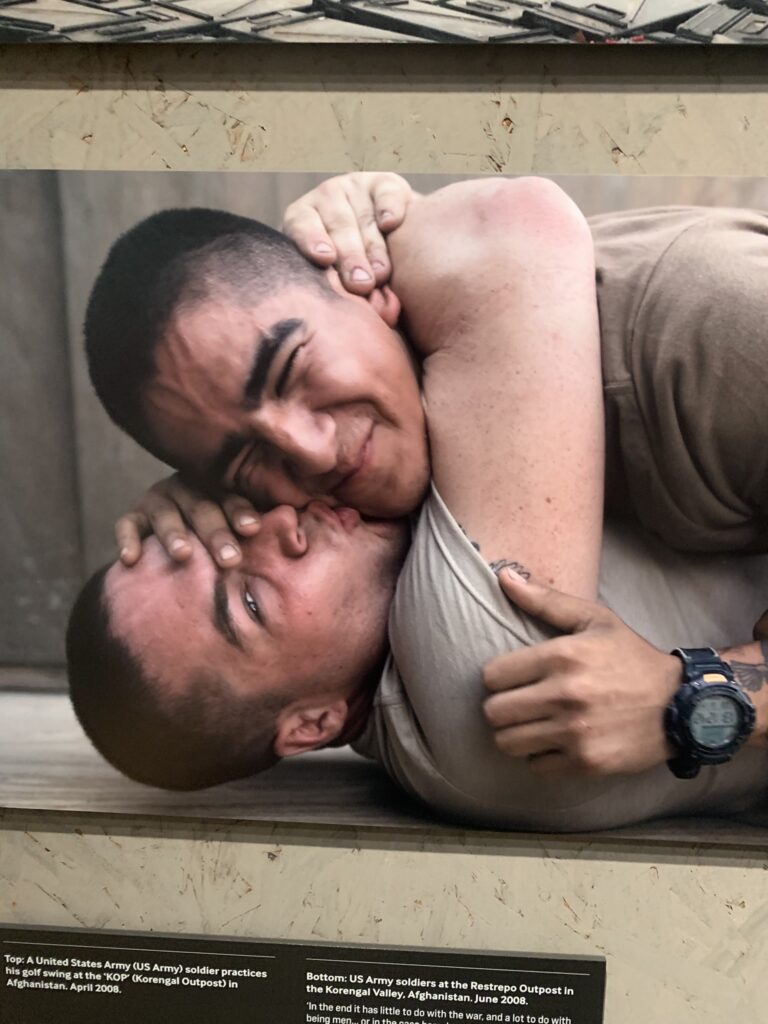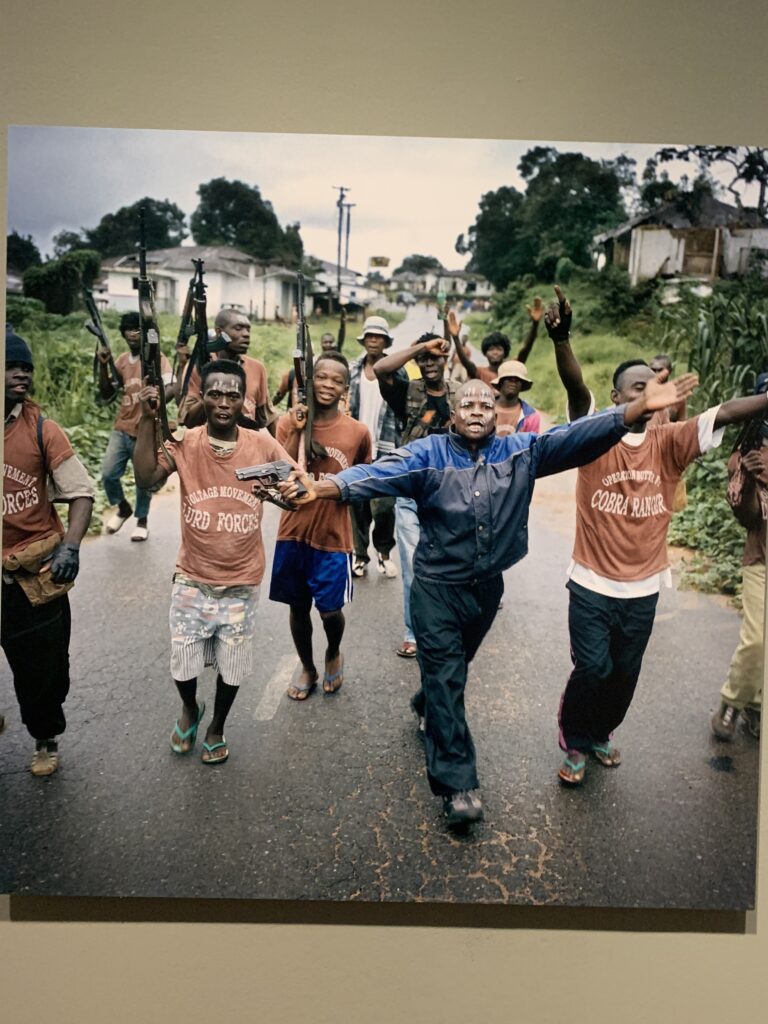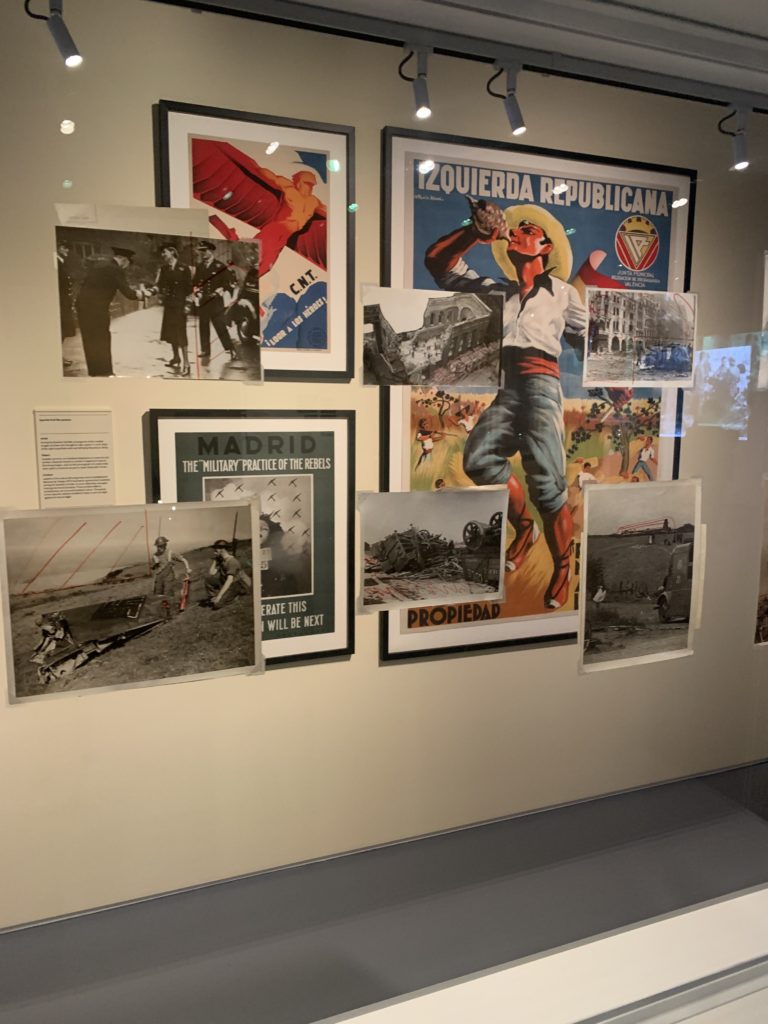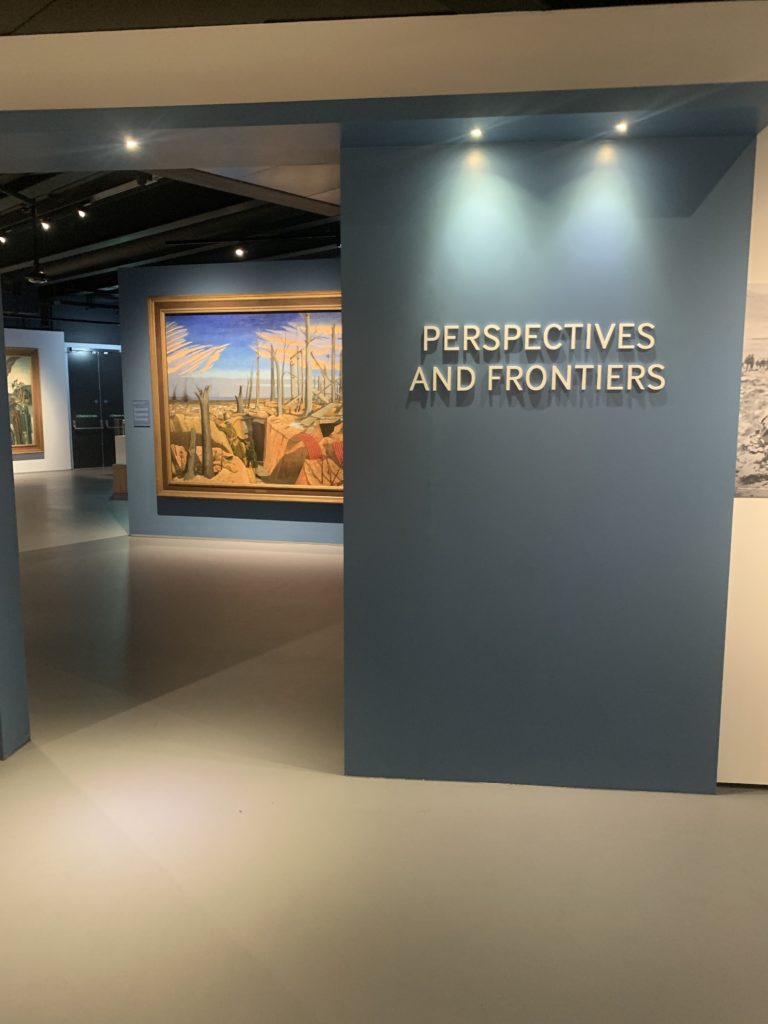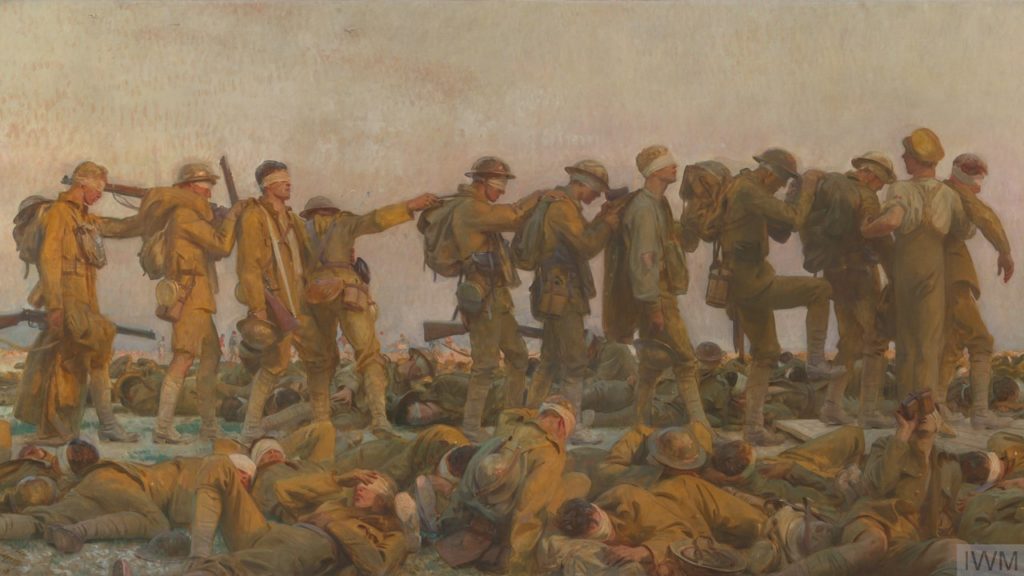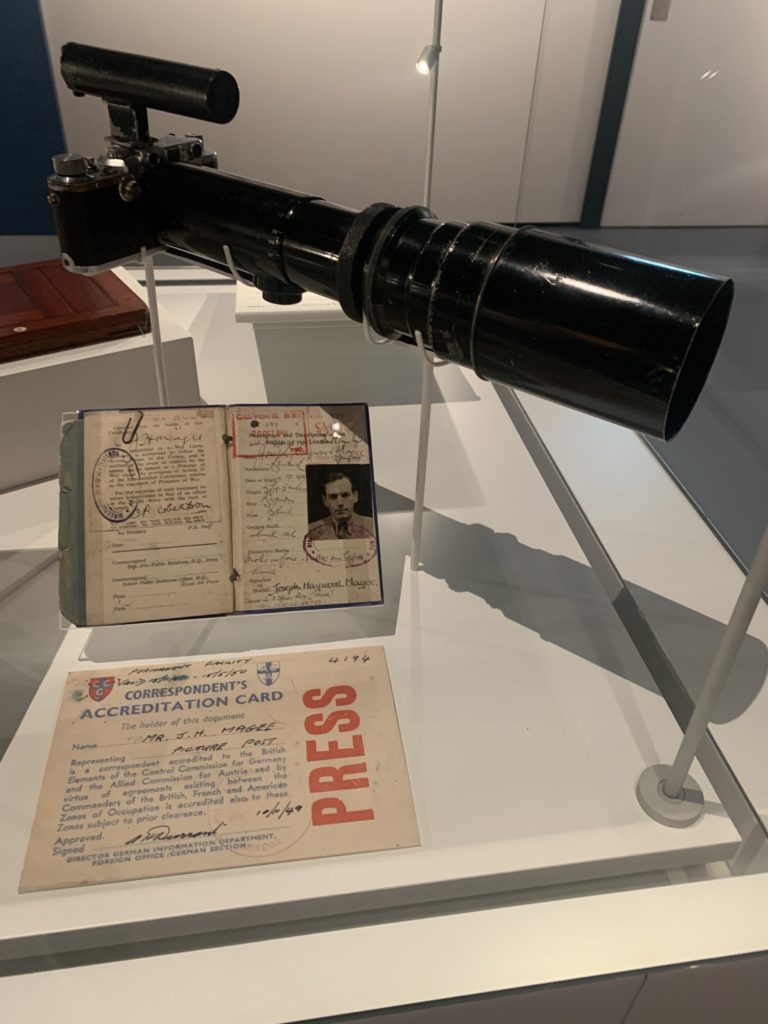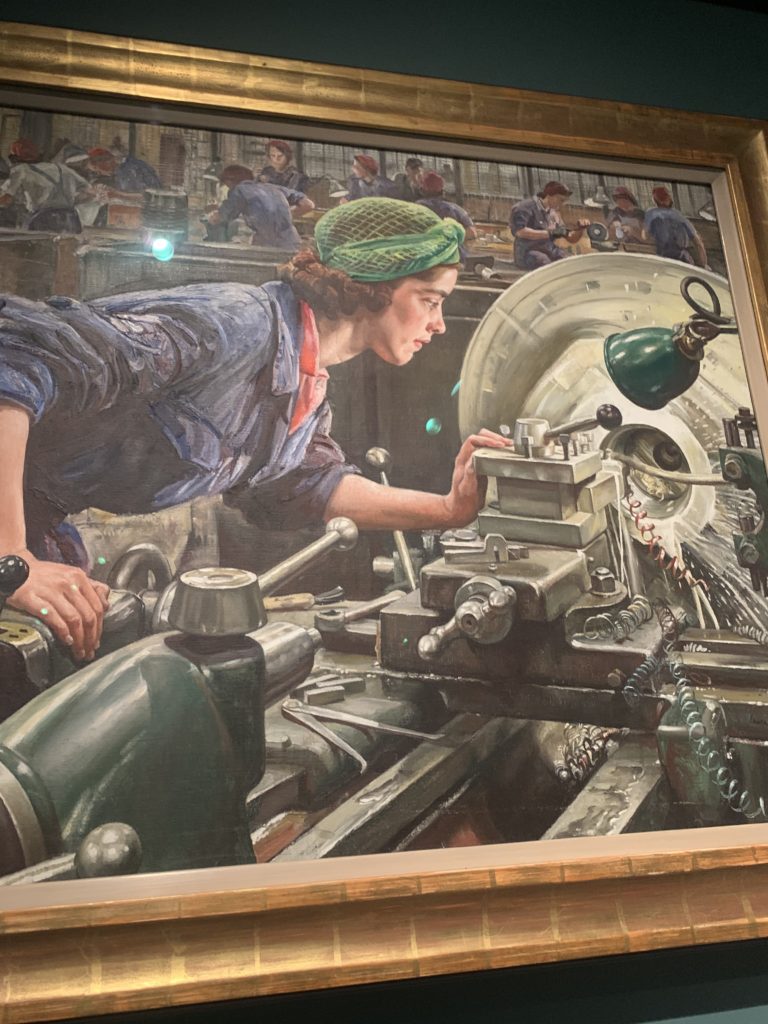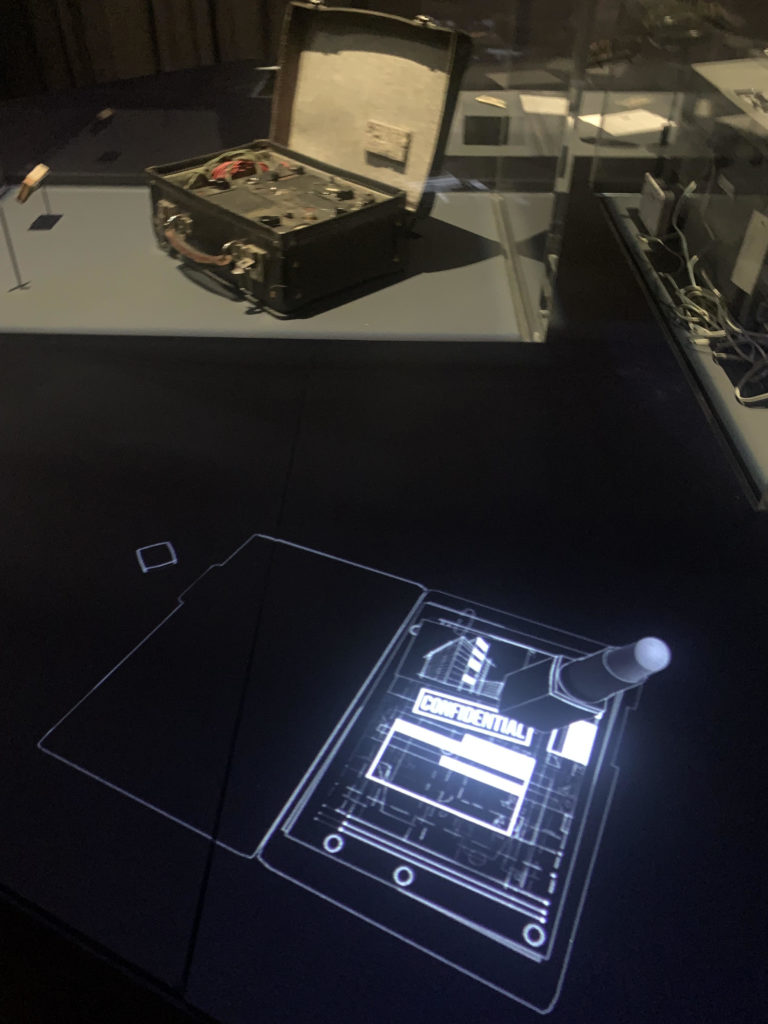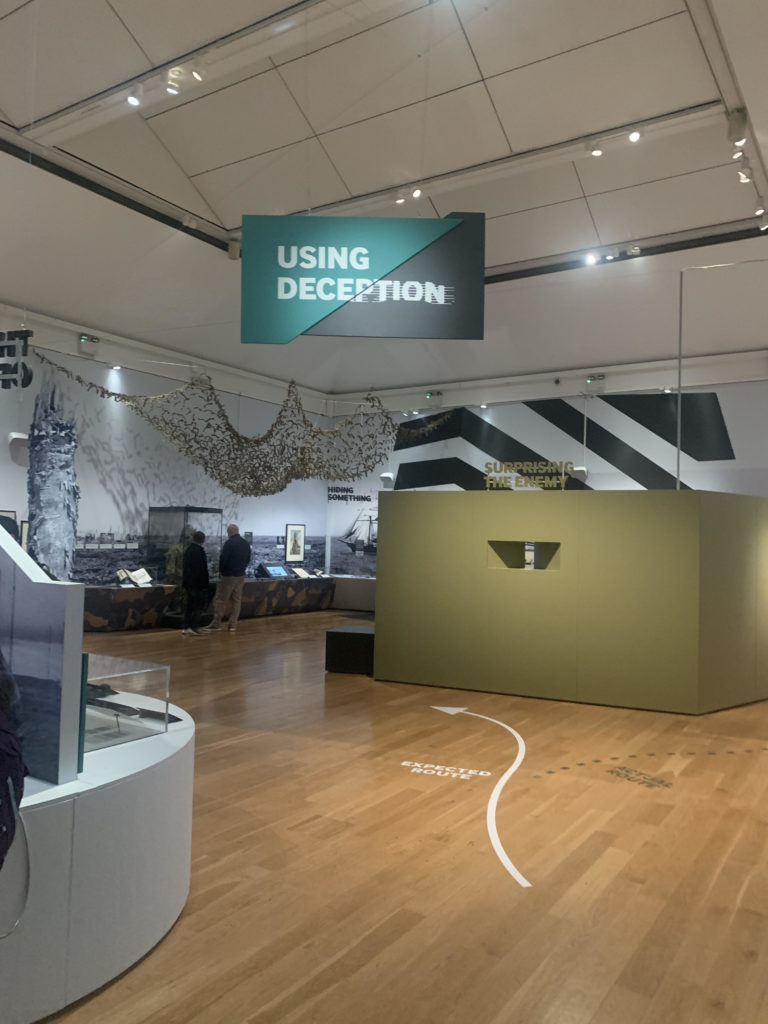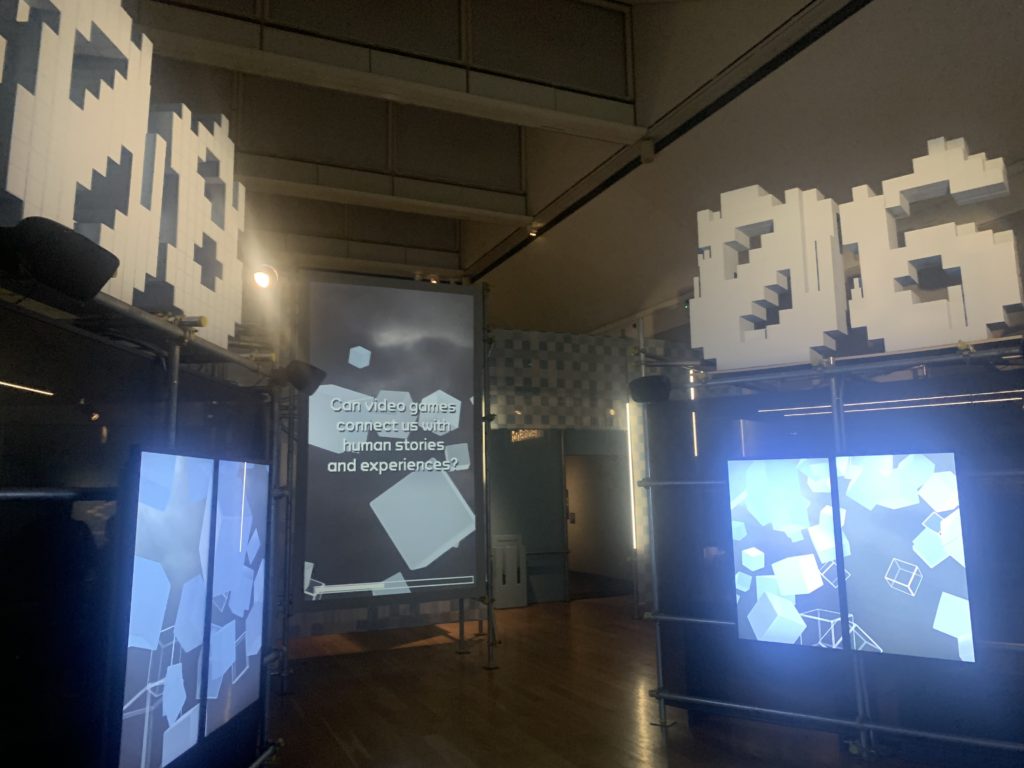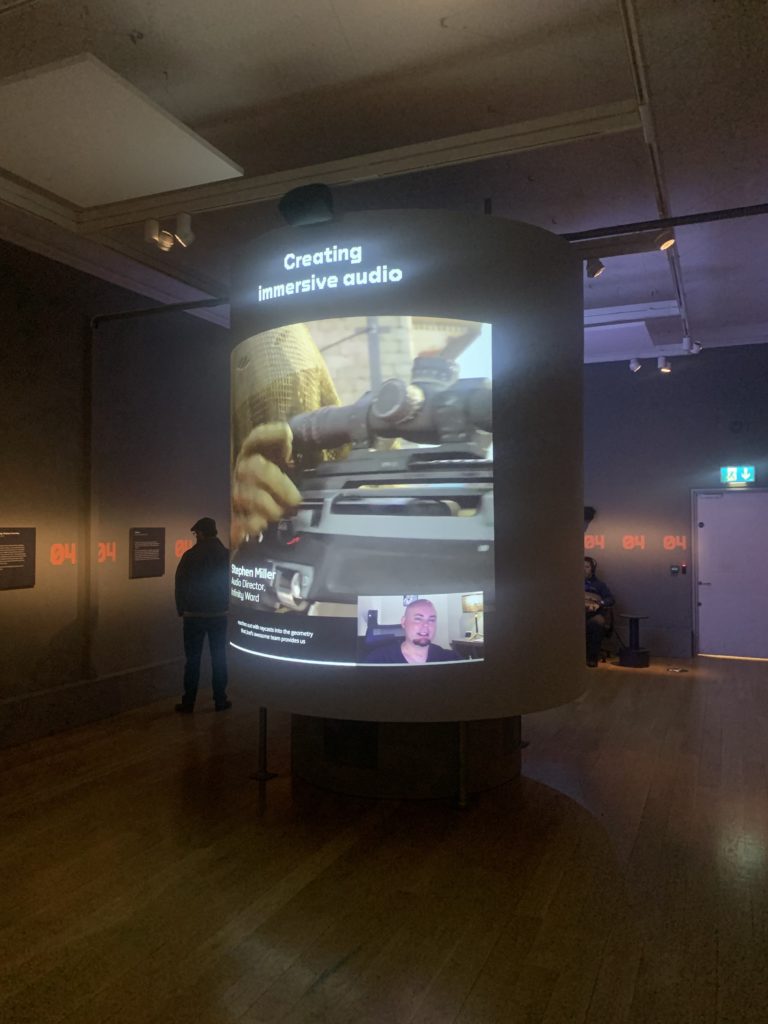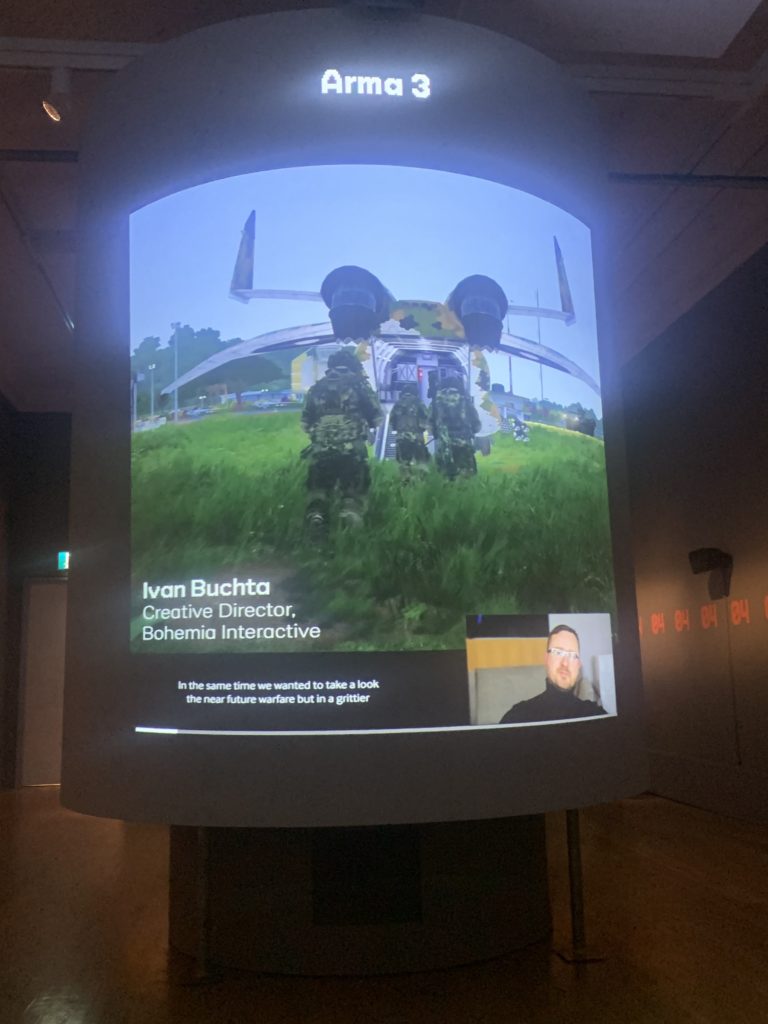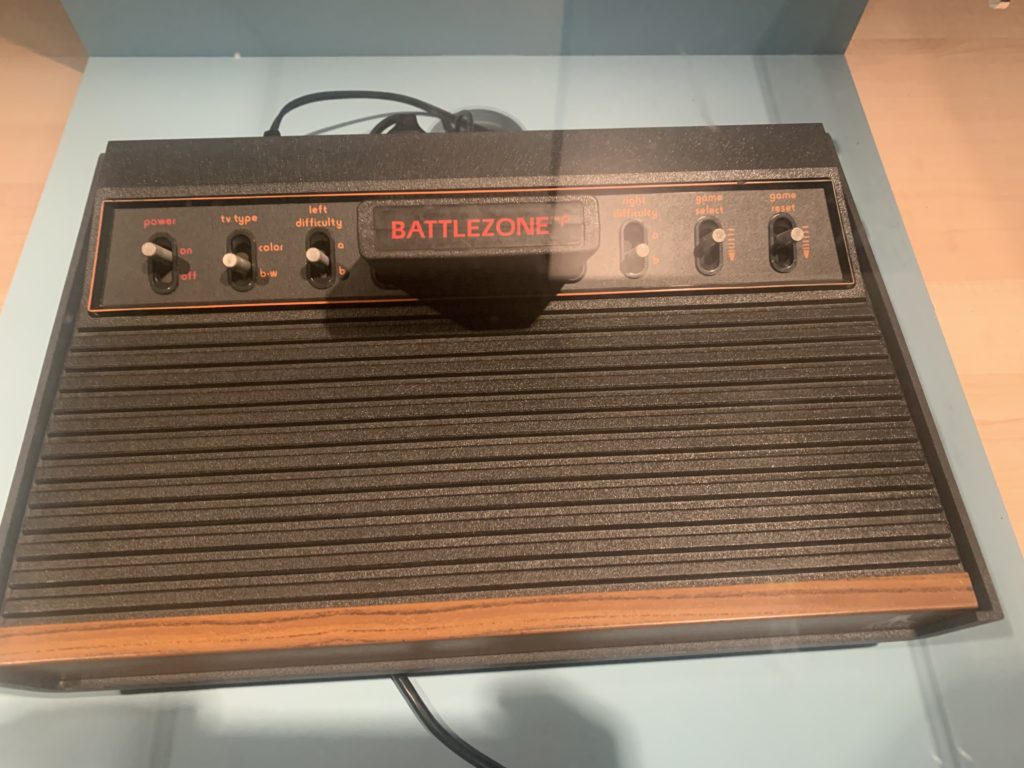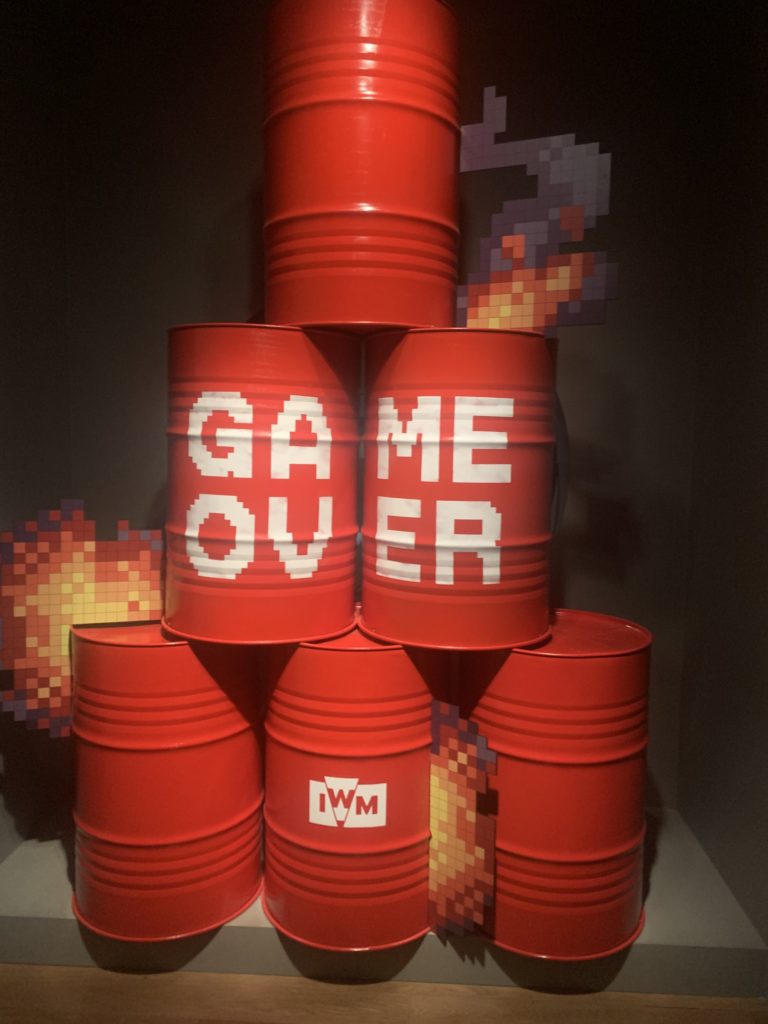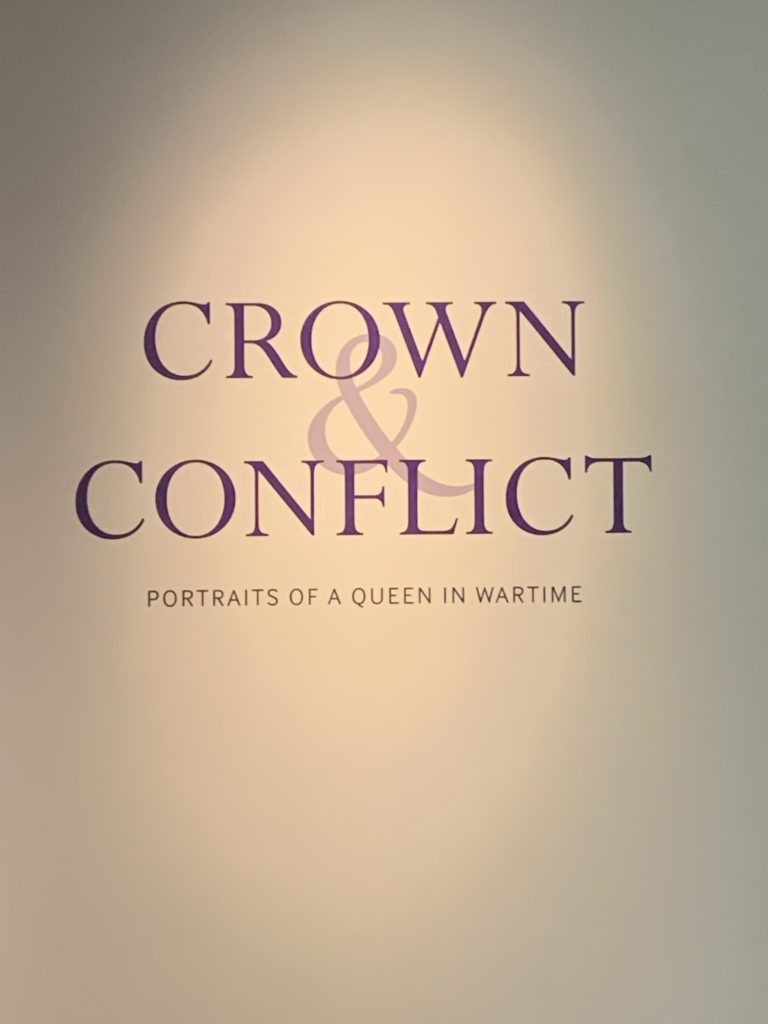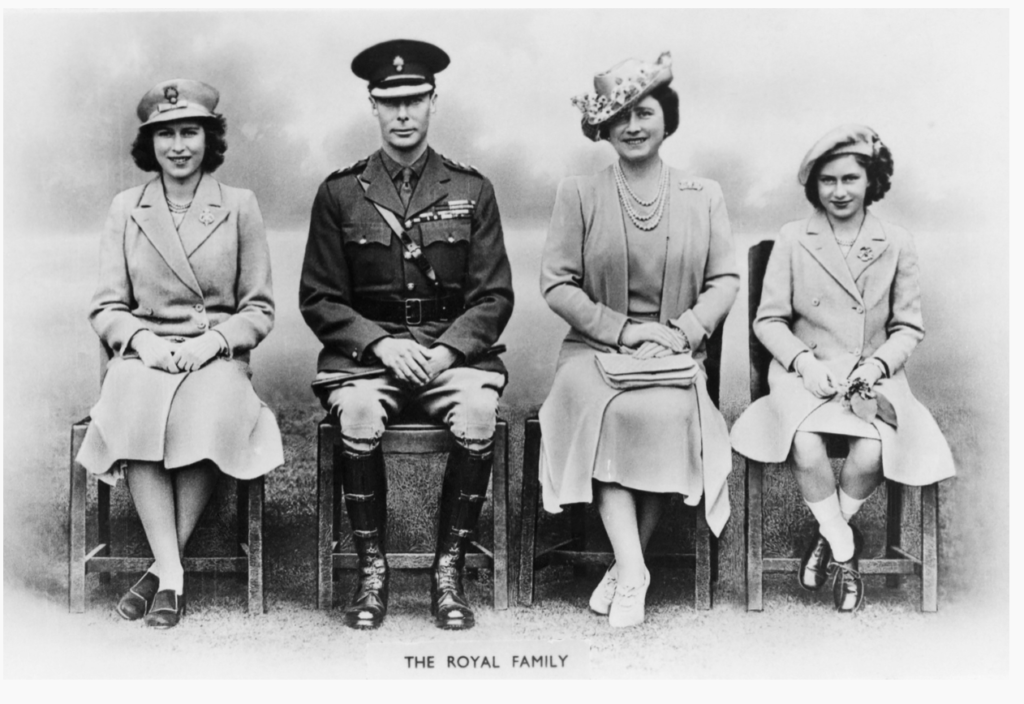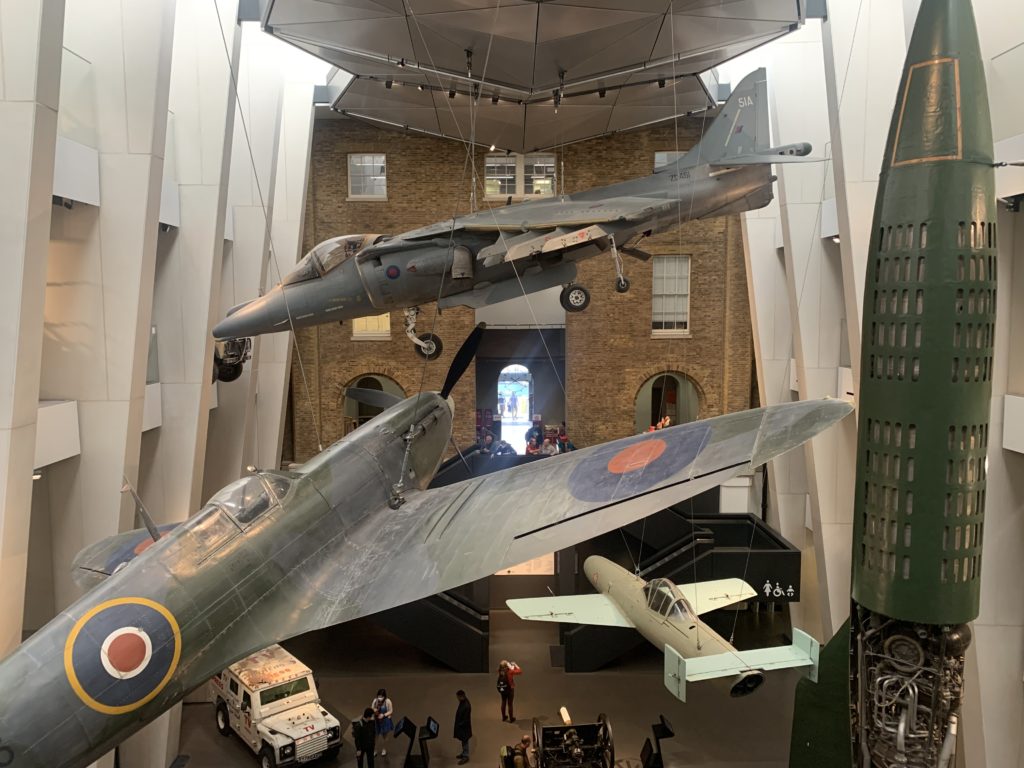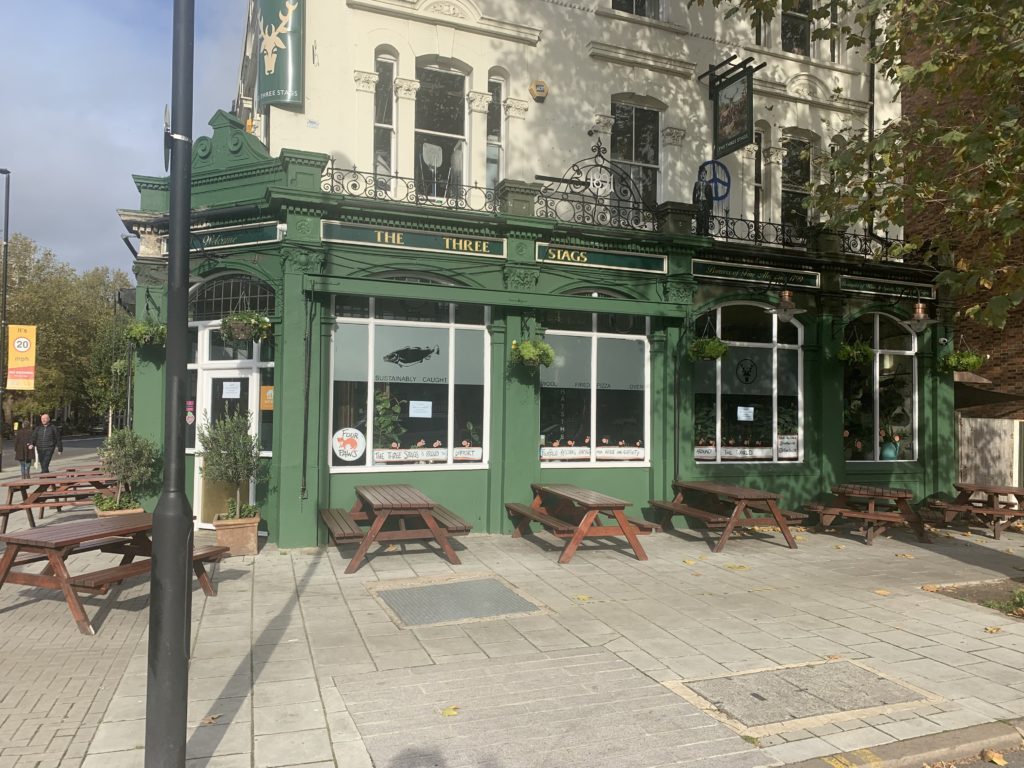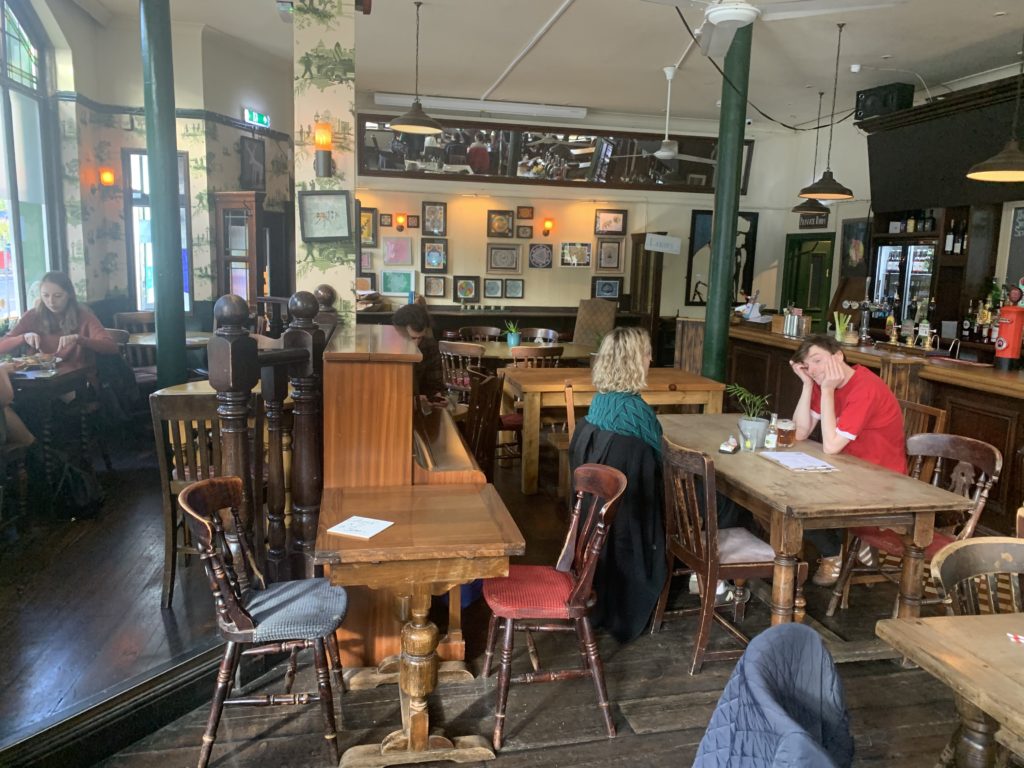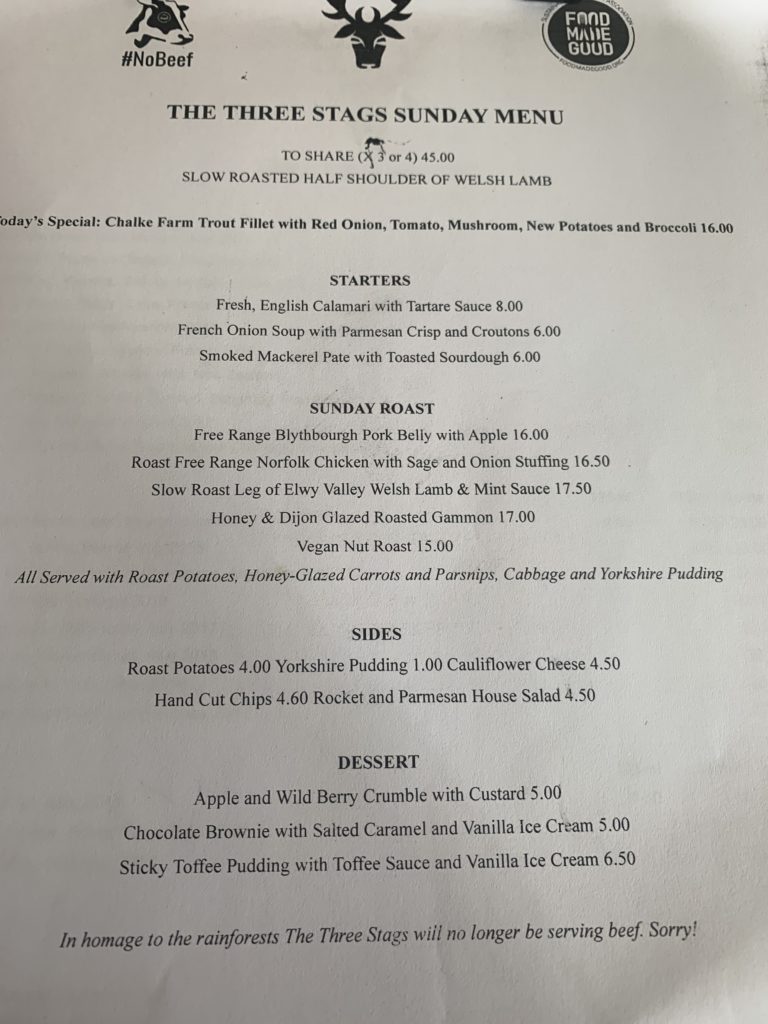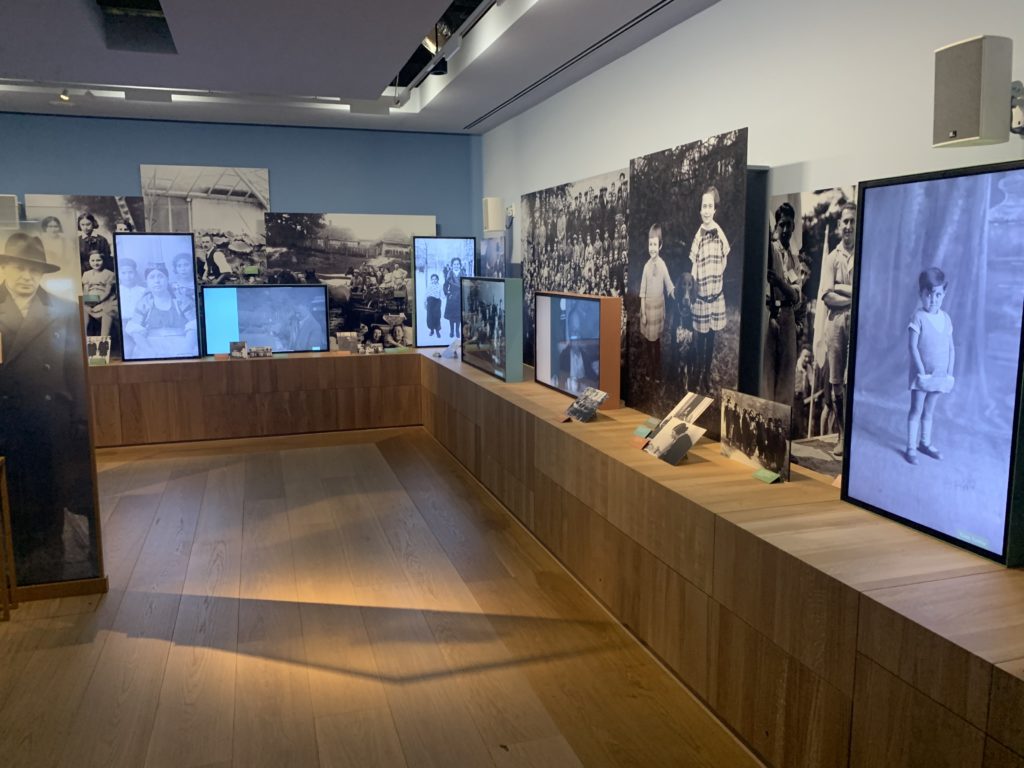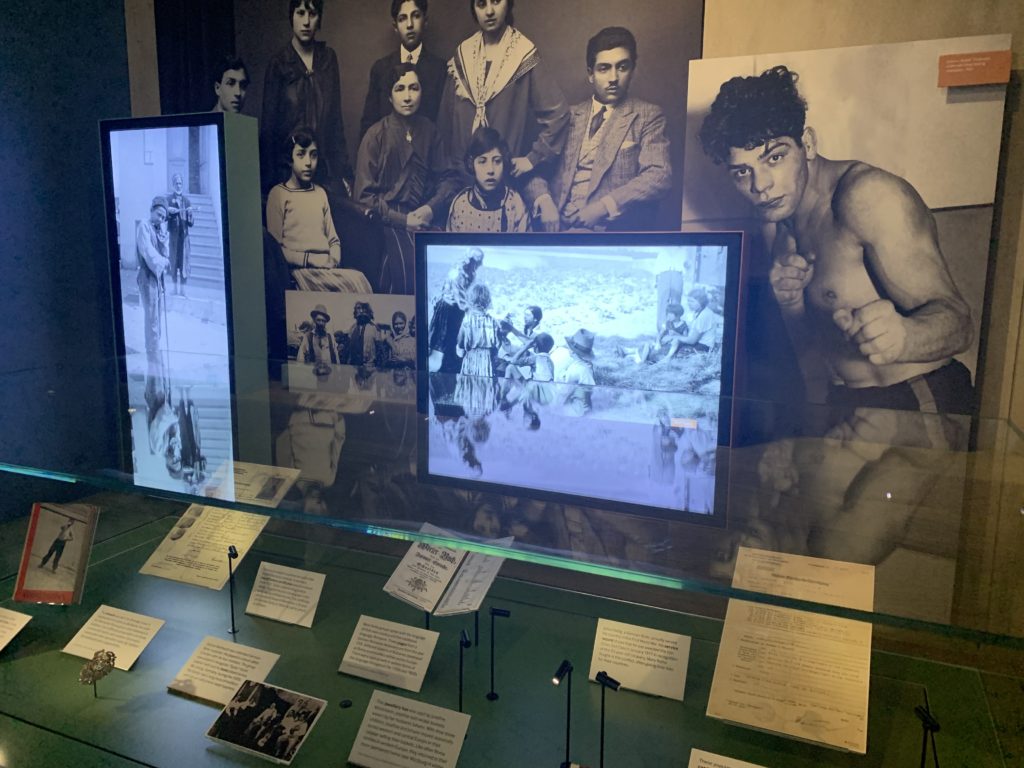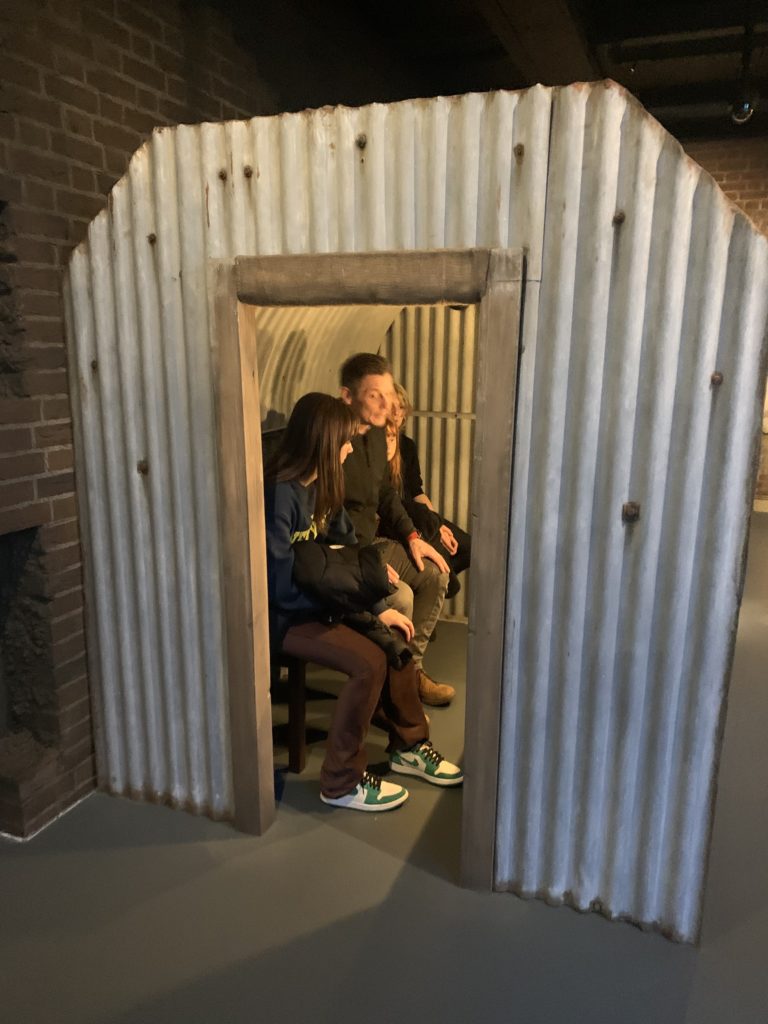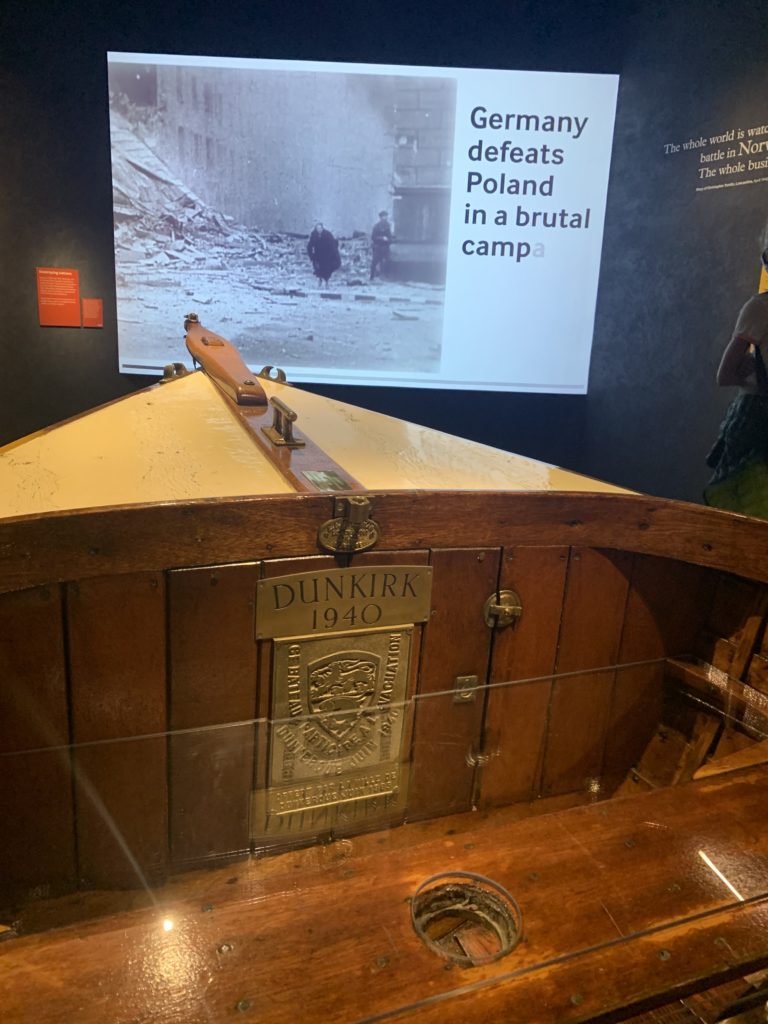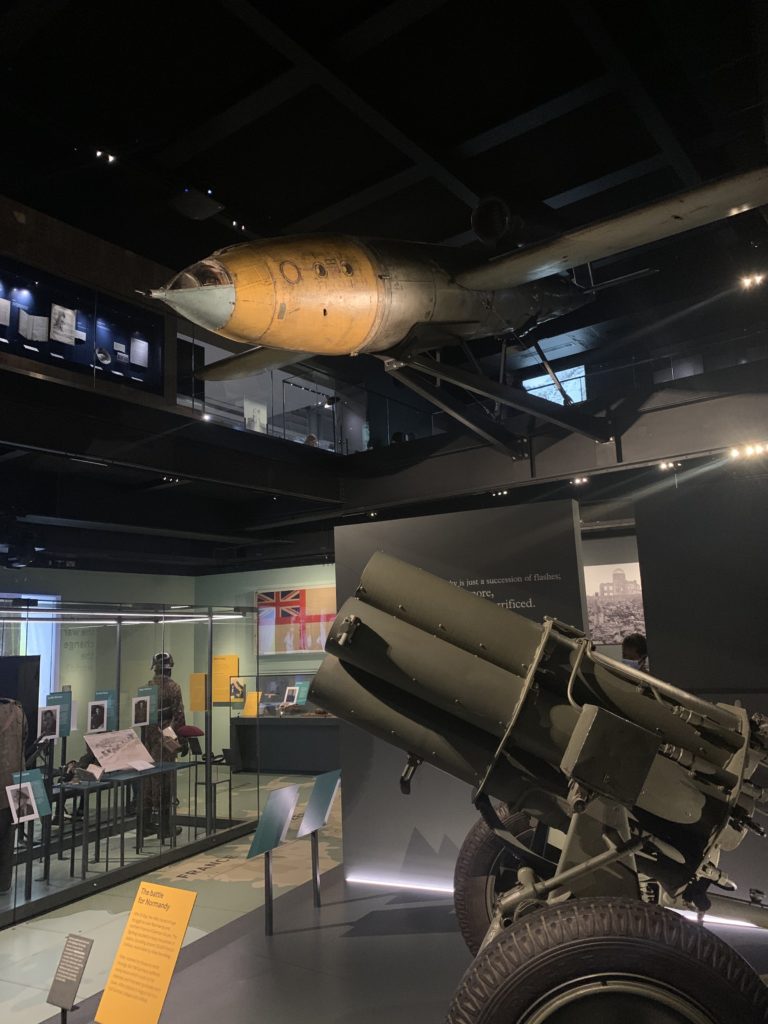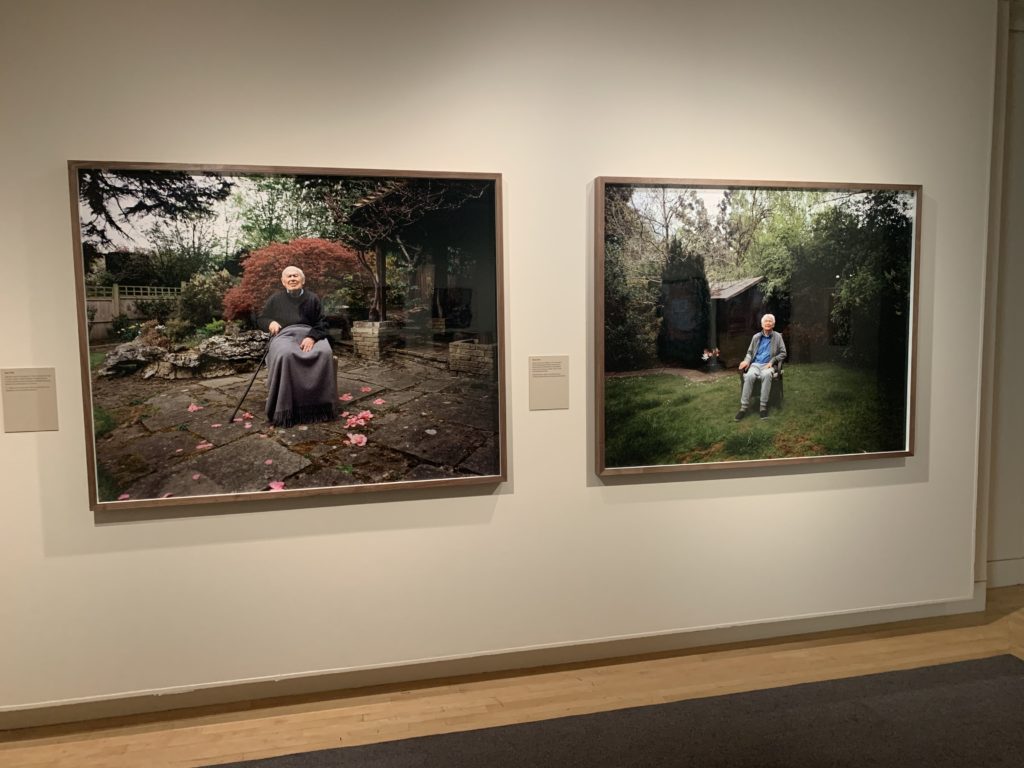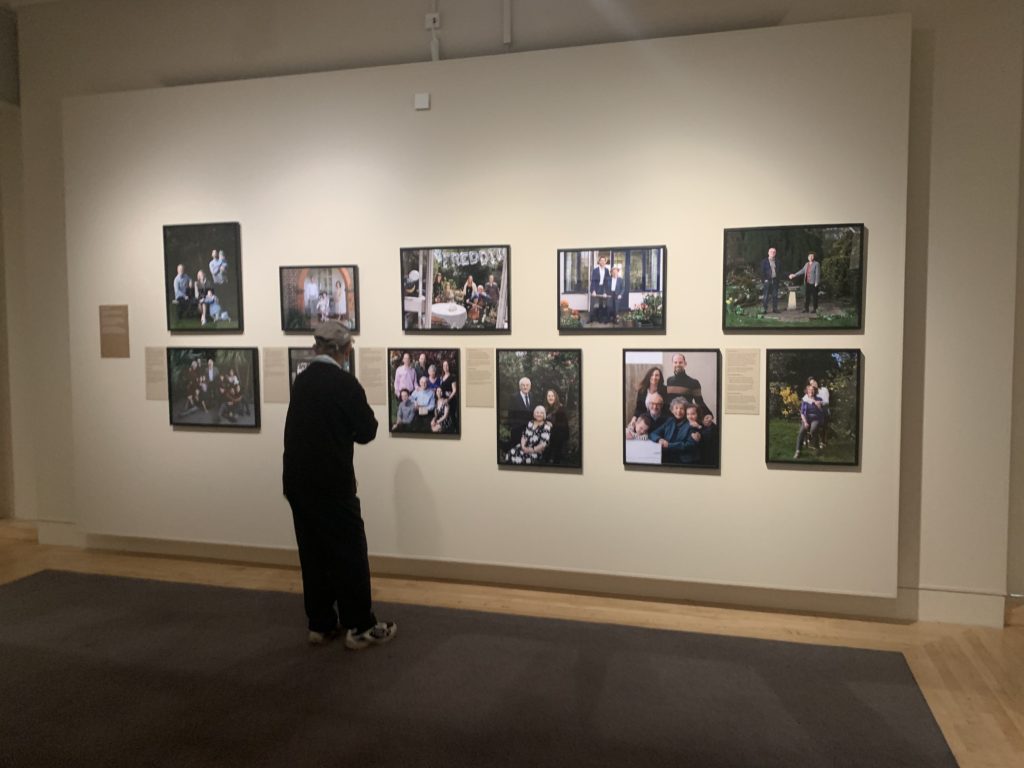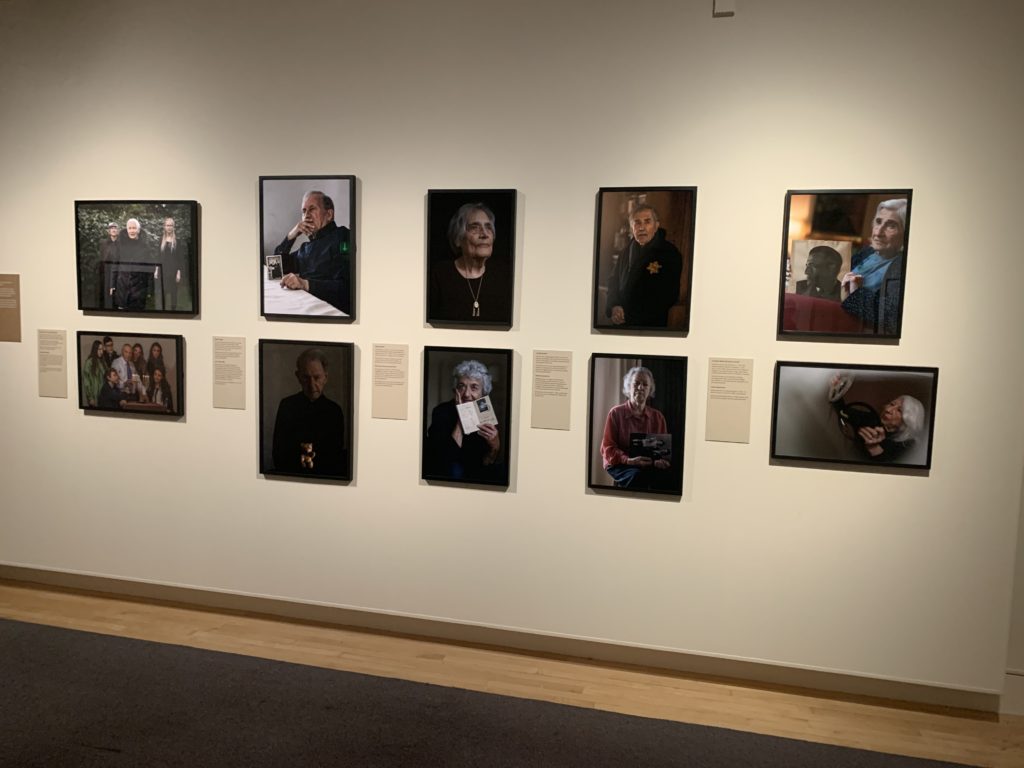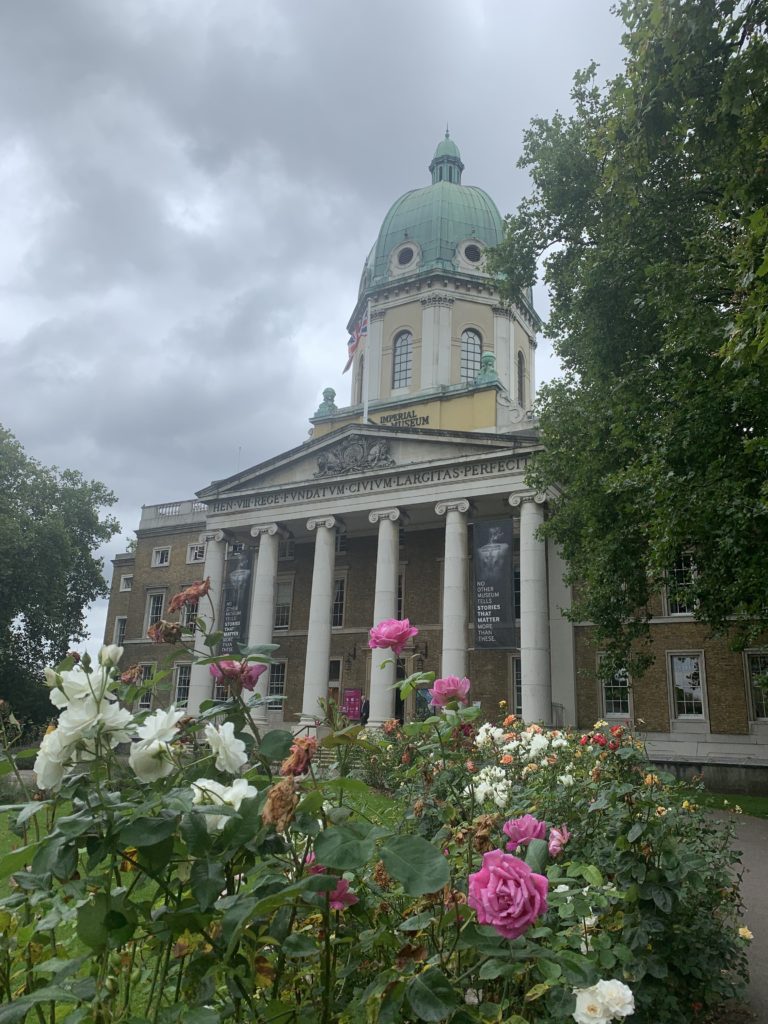The period between Christmas and new years is a funny one. We’ve opened all our presents, drank the fridge dry, partied too hard and are about to do it all again. On top of that we’re skint and have time on our hands. So why not spend some of that free skint time at the free Imperial War Museum? You know, that hulking big institution that we’ve been banging on about since the early ‘80’s?
Churchill in Cartoons: Satirising a Statesman marks 150 years since the birth of the great statesman and this show affectionately celebrates his career through one of his favourite mediums, the cartoon. Churchill himself knew of the power of cartoons, and viewed his ‘V’ sign and cigar as props which he invited to be satirised. In an era before TV, cartoons were a powerful tool of communication between politicians and the public.
This exhibit doesn’t embrace the frankly modish interpretation of satirisation (we’re looking at you, Guardian) which attempts to bring down politicians by exploiting their foibles. Rather, we see a Churchill taking charge and leading a frightened public through its darkest hour with a needed sense of humour. We also see Nazi propaganda used to depict Churchill in a very different manner. However. This exhibit runs through the entirely of his career, from 1909 to the 1950’s.
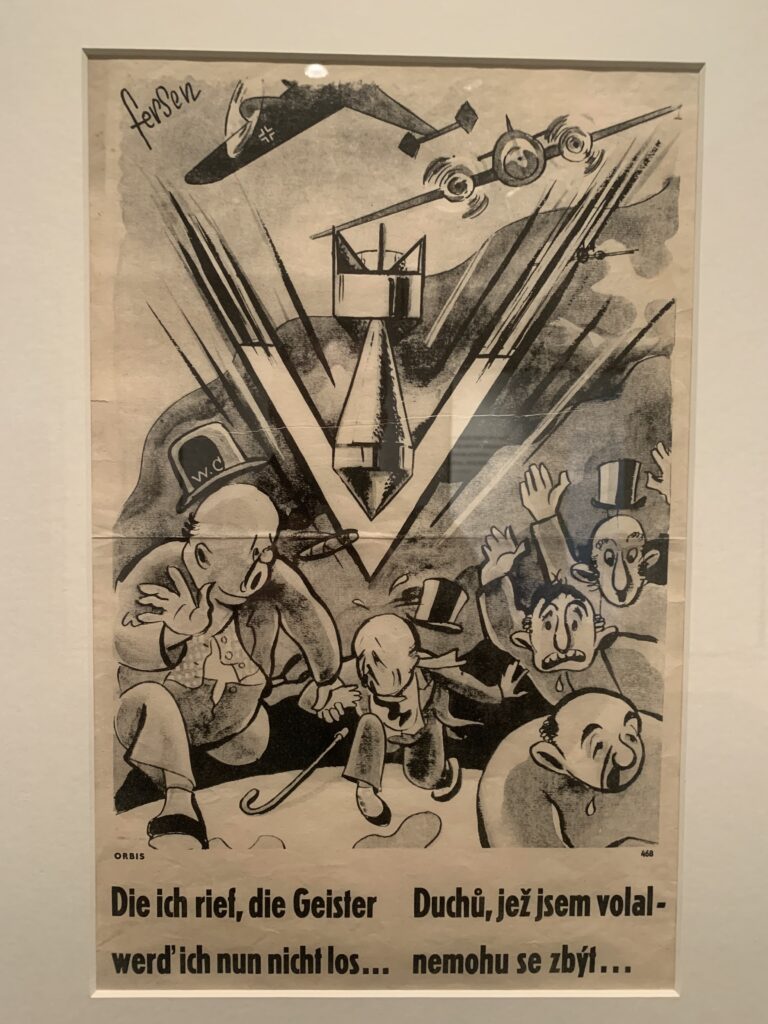
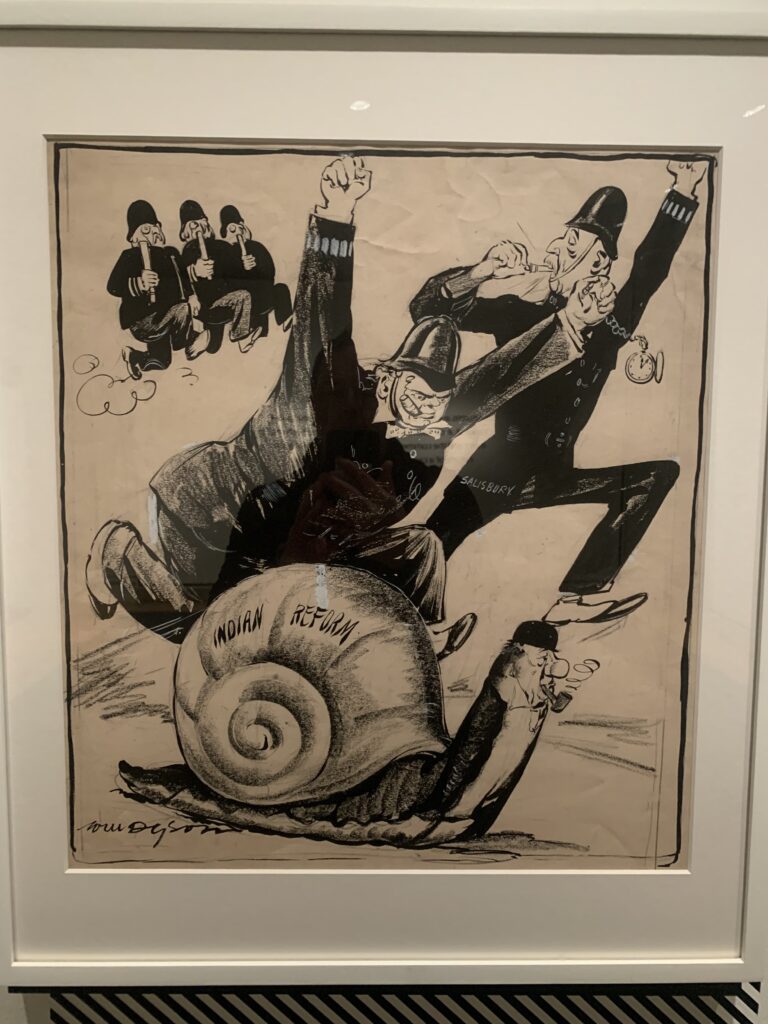
You may find it a bit counterintuitive spending the festival season in a place dedicated to blowing things up. But the IWM isn’t that at all, and if anything it celebrates the human spirit. The gallery will be closed on Christmas Eve, Christmas Day and Boxing Day, but open every day after that. And if Churchill isn’t the kind of cigar you like to chomp on, then why not visit the great Blavatnik Art, Film and Photography Galleries or the exhibit ‘War and the Mind’, which we brilliantly wrote about?
